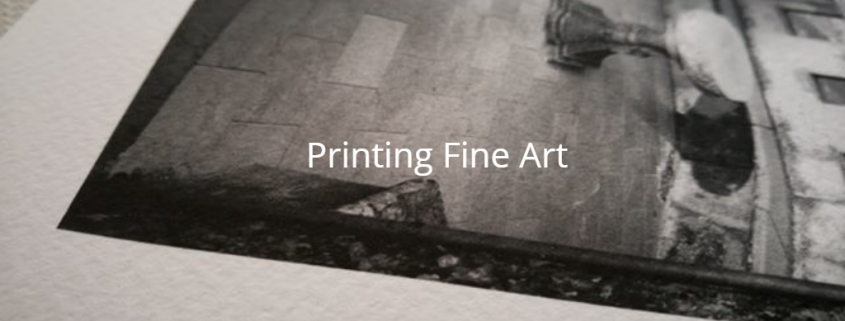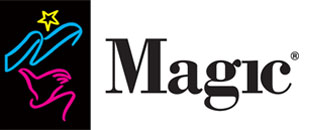PRINTING FINE ART
Digital fine art prints can be produced in smaller numbers than offset printing and require less time and money. It’s a great way for artists to produce their own prints without relying on an outside print company. Fine art prints can be created ‘on-demand’ and sold within a short period of time to collectors. We’ve outlined the fine art printing process below and we’ve included some guidelines to ensure success with your prints.
Convert the Artwork
Creating a fine art print requires the original artwork to be converted to a digital image file. A high-quality scanner can be used to convert negatives, slides or even hardcopy photos. Scanners with these capabilities can be purchased for less than $200 at most office supply or electronic stores. Make sure you scan the artwork at a high resolution of 300ppi to create a clear, high-quality image.
Larger works of art may be digitized using a couple of different methods. Artwork can be photographed with a digital SLR camera mounted on a tripod under consistent, full spectrum light. A large format scanner can also be used instead of a camera to create a more accurate image file for print. The digitizing method used will be determined by the type of original artwork and the file required for the printer.
Correct Image Color
Artwork photographed or scanned should be color corrected to ensure accurate reproduction. Avoid basing the print colors on the inaccurate image colors viewed on your computer screen. You’ll need to invest in a monitor calibration device and software to correct the colors on the screen. Then you can use Photoshop to soft proof the image and adjust the colors before sending it to the printer.
Choose Media
It’s important to choose a media with archival properties when printing fine art. Archival media will have a longer lifespan and reproduce color more accurately than standard media. The media will usually indicate if it is archival quality on the package or in its sales literature. You will want to look for terms such as archival, acid-free, cotton or rag base.
Print the Image
The type of printer and ink used for the fine art print are the final choices to be made in the process. Avoid using dye-based inks found in lower-cost inkjet printers and choose pigment-based inks instead. The lifespan of pigment-based inks can last anywhere from 100 to 200 years without significant fading. Select a large format printer that contains around eight to twelve different color ink cartridges. It will provide a more sophisticated color range on the final print.
Fine art printing can be a rewarding process that elevates your artwork to the highest level. A high-quality image reproduced with a proper color setup, media and ink will make all the difference in the final output. Follow the guide above and enjoy limitless artistic potential reproducing your artwork.





